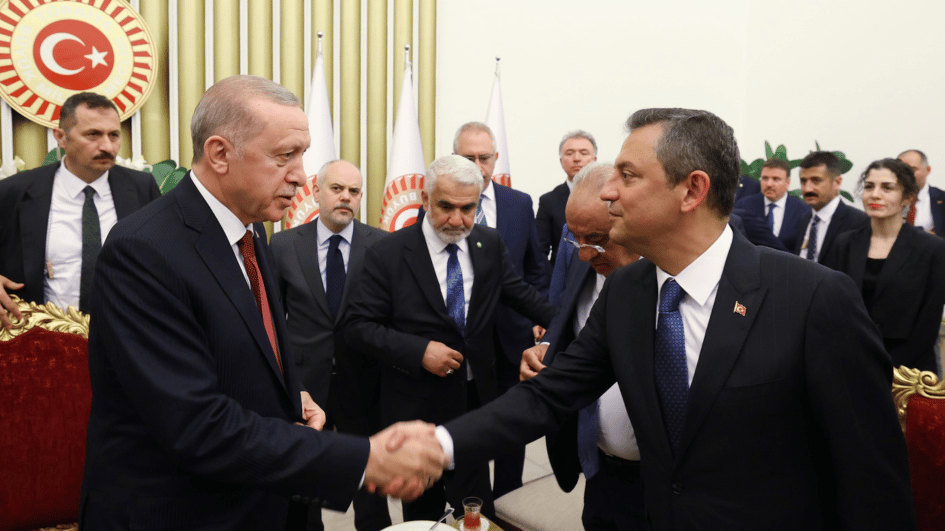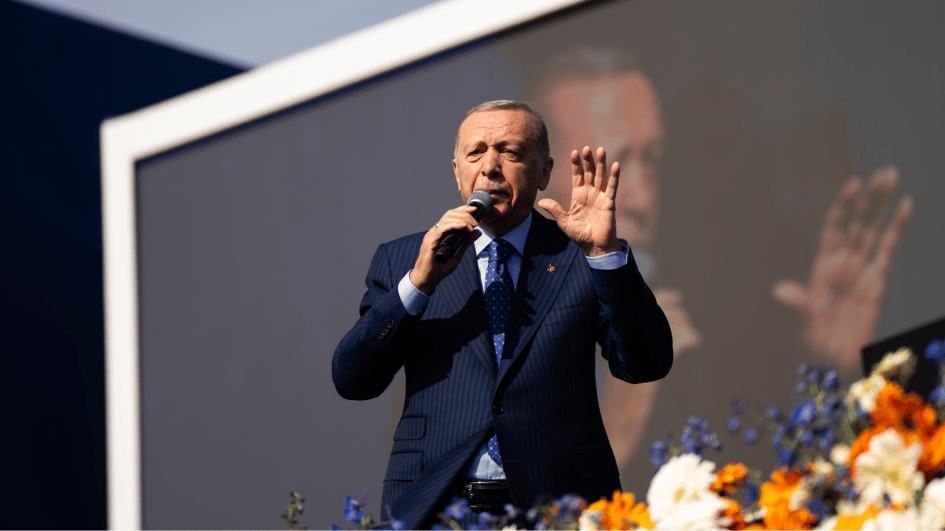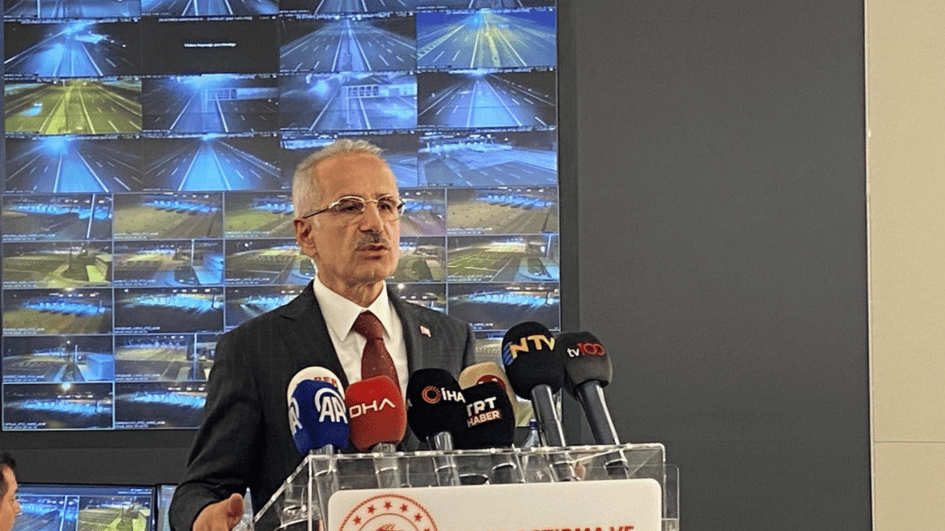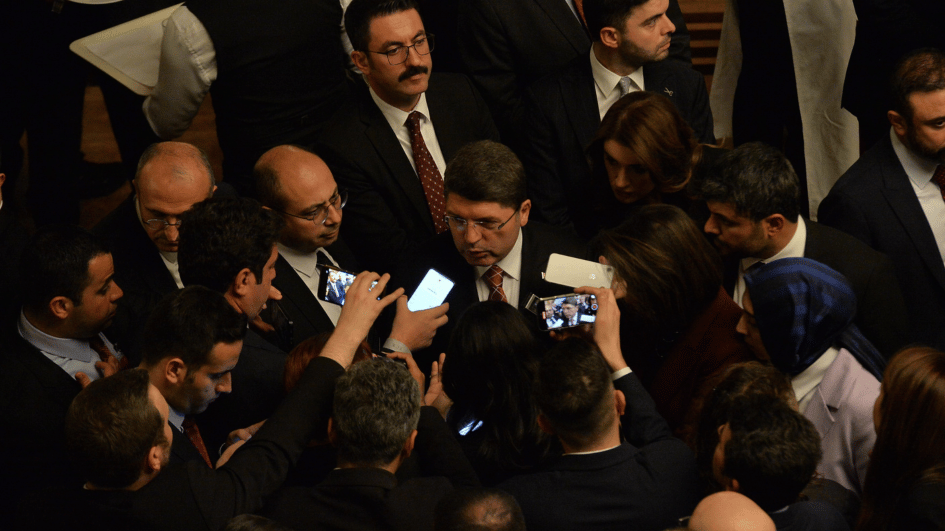Kanal İstanbul, at all costs
Prime Minister Recep Tayyip Erdoğan announced in Washington during his speech at the U.S. Chamber of Commerce while addressing Turkish and American businesspeople that the tender for Kanal Istanbul, the project he defines as the “crazy project,” will be held soon.
According to what the Prime Minister said, Kanal Istanbul, which will be 42 kilometers long with a surface width of 500 meters, will leave the Panama and Suez Canals behind.
Just like the third airport for Istanbul which is planned to be one of world’s biggest…
The Kanal Istanbul project is certainly a crazy project. It will turn a large portion of Istanbul into an island.
There are many who want to use the tones of earth to be excavated while digging the canal to build artificial islands, ports and even airports.
There are rumors that prices of land around the route the canal is said to be built between Küçükçekmece and Yeniköy have literally skyrocketed.
Before the prime minister’s announcement about Kanal Istanbul, we read in the papers the other day that American MWH Global Company, which has undertaken the expansion project of the Panama Canal, has shown interest in the tender.
Turkey Operation Direction Murat Sarıoğlu of the MWH Global Company, which opened an office in Istanbul one year ago, said that the Kanal Istanbul project was a very big one and that it was a risky project regardless of whoever won the tender. Sarıoğlu said, “The canal is a project that has difficulties with regards to production, construction and engineering details.”
I cannot say anything about the construction or engineering aspects but I can say that scientists have objective concerns about the Kanal Istanbul project which will cost 10 billion dollars.
Meteorology and Disaster Management Professor Mikdat Kadıoğlu, in his article written the other day titled, “Kanal Istanbul’s crazy effects,” said the canal may disrupt ecological balances and may dry up the Büyükçekmece and Küçükçekmece lakes.
In the case that settlements are formed around the canal for oversized profits then, Professor Kadıoğlu claimed, just like the Bosphorus now, the same threat of the collision of tank ships will emerge for the canal.
Kadıoğlu also cited an example from the Houston Canal and mentioned the high frequency of those cases of small children living 3.2 kilometers around the canal catching the type of leukemia triggered by air pollution.
Professor Emin Özsoy from the Middle East Technical University’s (ODTÜ) Institute of Marine Sciences, who I had consulted those days when Kanal Istanbul debates erupted, had given similar arguments supporting Kadıoğlu.
According to Professor Özsoy, who has explored the Mediterranean, the Black Sea and the Sea of Marmara for years with the ODTÜ ship, the Turkish straits system was an extremely fragile one both on land and in the sea.
The Istanbul strait’s double direction currents depend on an extremely gentle mechanical balance. In the case that Kanal Istanbul is built, then, according to Professor Özsoy, because of the changes that the Turkish straits system will undergo, the depths of the Sea of Marmara will be left with gradually less oxygen. Fish migration routes will be affected and creatures living at shallow levels will face the risk of being extinct.
With those Mediterranean origin species entering the Black Sea, the Black Sea will be Mediterraneanized and its salt ratio will increase, jeopardizing fishing to a major extent.
Next generations may not be able to know the blue fish, which is called the landlord of the Bosphorus, or the anchovy of the Black Sea.
Those who are planning Kanal Istanbul have to calculate the damages that might be caused to the environment, to the Bosphorus, which is extremely valuable for Istanbul, and most importantly to health.











